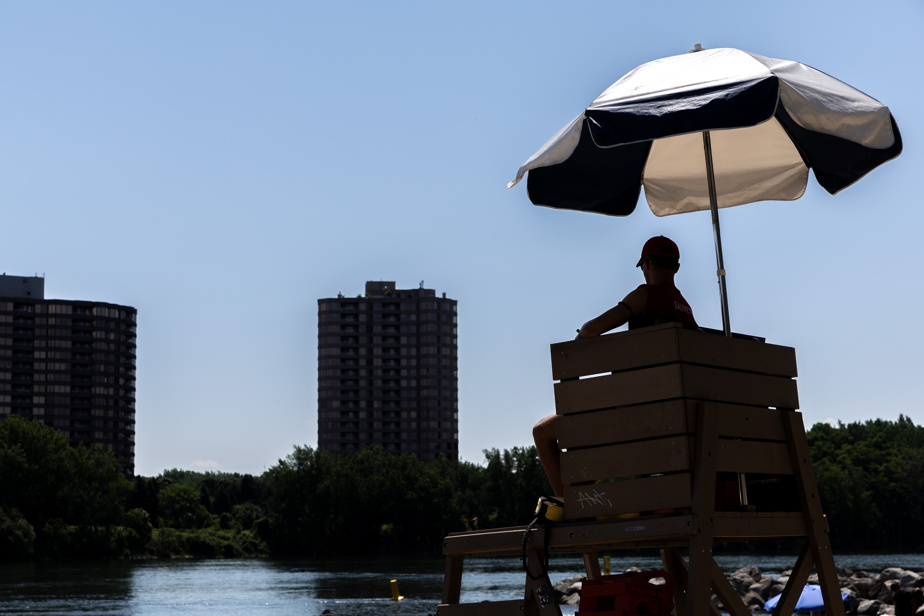(Montreal) MétéoMédia forecasts indicate that “the summer of 2024 will be meteorologically busy, once again”, with hot and dry weather expected across the country.
In Quebec and Ontario, temperatures will be above seasonal norms over the coming months, particularly during the second half of summer, when the heat will prevail.
The number of days where it will be 30 degrees or more will exceed the seasonal average while precipitation will be less than usual, according to MétéoMédia.
Heat waves and little precipitation are conditions conducive to the outbreak of forest fires, but also drought which can negatively affect harvests and have a downward impact on the level of reservoirs and watercourses.
“We have a heat dome which will be built, I would say, in the central United States, therefore which will rise from the Gulf of Mexico to the Midwestern states and it is this dome which will rise over our regions of from time to time. So sometimes, it can lead to long periods of heat, especially in July and August,” explained André Monette, head of the meteorology department at MétéoMédia.
These waves of hot weather “hide significant risks which will need to be monitored”, warned the meteorologist, because “prolonged periods of heat can be problematic for vulnerable people and lead to particularly strong storms”.
Near normal in the West
Meteorologists foresee temperatures generally close to seasonal norms or slightly above for the western provinces of the country.
These “will be entitled to a slightly milder summer and will be spared from the most intense heat”, according to MétéoMédia which predicts that “precipitation close to normal will help avoid serious droughts for these regions”.
Tropical storms to watch out for in the East
In the Atlantic, temperatures should be above seasonal norms while precipitation would be “near normal, except for northern New Brunswick which will be below normal,” indicated MétéoMédia.
Tropical storms will be worth watching, particularly during the last weeks of summer.
“With a hurricane season expected to be very active, some tropical systems could overflow into Canadian soil and dump a lot of rain in their path, particularly at the end of summer and beginning of fall,” indicated MétéoMédia in its forecasts published Wednesday.
Last week, the National Oceanic and Atmospheric Administration (NOAA) announced that it expects a more active than average hurricane season this year, with between 17 and 25 “named” storms, including 8 to 13 will become hurricanes – and four to seven will become major hurricanes.
